“Everything is possible, even the impossible”
-Mary Poppins
Fifty-four years after the iconic, award-winning “Mary Poppins,” the magical nanny pays another visit to the Walt Disney Studios in “Mary Poppins Returns.”
In “Mary Poppins Returns,” director Rob Marshall reintroduces us to the Banks family some 25 years after the events of the 1964 film. Michael and his three children have suffered the triple whammy of a family death, economic depression, and an unwisely executed home mortgage which have all but beaten the joy and imagination from their lives… until a certain nanny returns to once again set things right.
At a recent press conference, director/writer Rob Marshall, Emily Blunt (Mary Poppins), Lin-Manuel Miranda (Jack), Ben Whishaw (Michael Banks), Emily Mortimer (Jane Banks), composer/lyricist Marc Shaiman, lyricist Scott Wittman, producer/writer John DeLuca, and screenwriter David Magee fielded questions on bringing the Practically Perfect Poppins to a new generation.

Marshall on why Mary Poppins now: “…I have to say the guiding message of this film about finding light in the darkness is honestly what drew me to it and kept guiding me throughout the whole process including until this very moment, you know, when people are actually now seeing the film because it feels so current to me. And I’m just speaking for myself, but I feel people need this film now. And I certainly knew that I wanted to live in that world and be part of that and sending that message out into the world now of looking for hope and light in a dark time. And that’s why we set our film in the Depression era in London, the time of the books. It was really so it could feel accessible and feel like it’s a story that needs to be told now.
“I think that philosophy that I was just describing is honestly how I feel deeply…. it’s a life choice I guess. You have to get up and approach your life in a certain way and to look at it from the angle from a different point of view which is in our film too — from the point of view of looking for the light. It’s in the P.L. Travers books. It’s about finding that childlike joy in life which might sound trivial to some, but to me it’s very profound.”
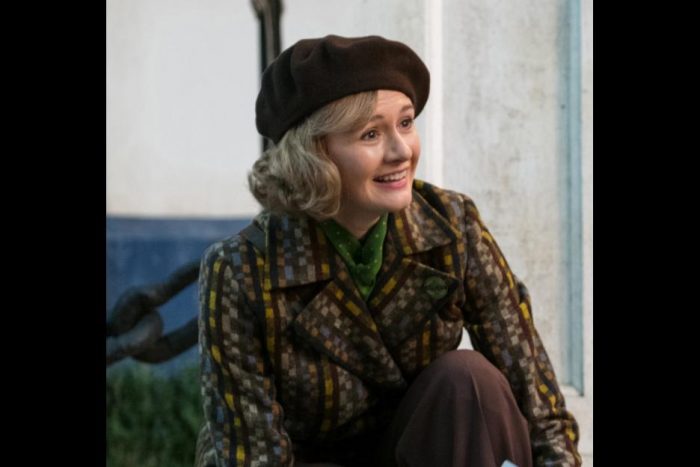
Mortimer on meeting Karen Dotrice, the actress who played Jane Banks in the original film: “It was extraordinary. She’s such a great, cool lady, so funny, wicked sense of humor, really down to earth and ballsy and she came to do the cameo as a little moment where Ben is emerging from the house with his briefcase late and he bumps into her and… we all walked on to the set for the first time with her and she walked on to Cherry Tree Lane for the first time in 54 years or however long it has been since the first movie was made and she just melted. I mean she just sort of crumbled and that was so moving being there with her while that happened and seeing that.”
Shaiman on the personal importance of “Mary Poppins:” “Like everyone else, you know, it was an extremely large part of my childhood. I think it was the complete — my entire childhood was ‘Mary Poppins.’ I really have no other memory of my childhood except listening to that record and reading the synopsis of the story. And the fact that I would grow up and even as a child had the ability to write music and lyrics and was even fascinated by the orchestrations on it… I just — the lyrics, the chords… ‘Why are those chords making me feel something so deeply?’ And it’s not just the chords, but it’s the strings and the way that they’re playing those chords and so all these things were just flowing into my brain and my ears and my heart. And I learned everything I could from that album. So then I grew up and the dream came true where I got to incorporate every single thing that I ever learned from that album into real life and got to write songs with Scott and then got to score the movie which is a whole other thing outside of songwriting.”

Marshall on balancing the old with the new: “I use myself as a barometer… because I thought, well, you know, ‘What would I want to see?’ If I came to a sequel to ‘Mary Poppins’ I would want to see an animation sequence with live action and I would want it to be hand-drawn in a 2D world… I would want Cherry Tree Lane to have a curve to it because that’s the Cherry Tree Lane we all know. I would feel disappointed if it was a straight street. I mean it was as simple as that although we were finding our new way. There were things; there were sort of goal posts or signposts throughout that we needed to hold on to because it’s in the DNA of the material. I knew there needed to be… John and I really wanted a big huge production number that Marc and Scott wrote so beautifully with athletic dancers, men with Mary and Jack, Jack leading the entire piece. That needed to be in there in some way. I would feel that if it wasn’t there we’ve gone off track. So it was a way of — it was this insane balancing act of honoring the first film, but at the same time forging our own way, our own story. Setting it in the ’30s helped that. Having Michael and Jane grown up and seeing what’s happened to them and with their journey and what they’ve lost along the way helped that. But it was constantly back and forth and I have to say I just used my own gut about what needed to be there, what we needed to reflect, pay homage. Marc and Scott were incredibly careful about making sure that we didn’t abuse using themes from the first film. It’s so easy to use. We used it in very strategic places throughout the film. Most of it actually very much at the end where we feel we’d earned it by then. And that’s what Marc was very careful about doing. So, but it was all that. I feel like, you know, the whole time it was that, but I did feel that we were coming from the right place and that was the key.”

Blunt on “The Place Where Lost Things Go:” “It was so emotional for me because I did think of my own children and these children in the film and their sense of loss and that they’re trying to hold their father together and they’ve dealt with something so profound and so agonizing, you know, to lose a parent and to be so young and miss her so much and oh my god, I like, cry thinking about it. But it was just — it just moved me so much and so on the day — it was one of my favorite days on set and we shot that song all day, in a couple of days because it is that she recognizes what they need in that moment and gives it to them in this very tender way and the song is so true and she doesn’t shy away from the fact that they’ve lost something, but that there’s cracks of light, you know and there’s something to learn from and the idea of loss being something that they can digest as children and not… and to walk through, you know, that you are going to walk through this loss, but nothing is gone forever only out of place. It’s just such a hopeful way to look at loss really.”
Of all the amazing talent that combined to make the original film, certainly two of the most important contributors were the Sherman Brothers, who won two Academy Awards for Best Original Score and Best Original Song (“Chim Chim Cher-ee.”) Recently Shaiman and Wittman sat down with Richard Sherman to talk about Mary Poppins, past and present.
Disney’s “Mary Poppins Returns” will be released in US theaters December 19, 2018.



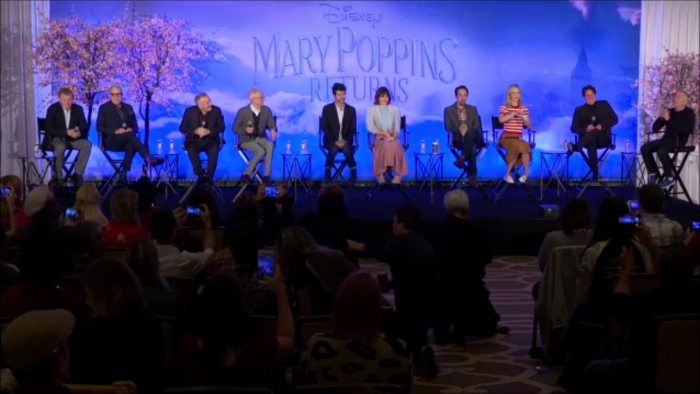

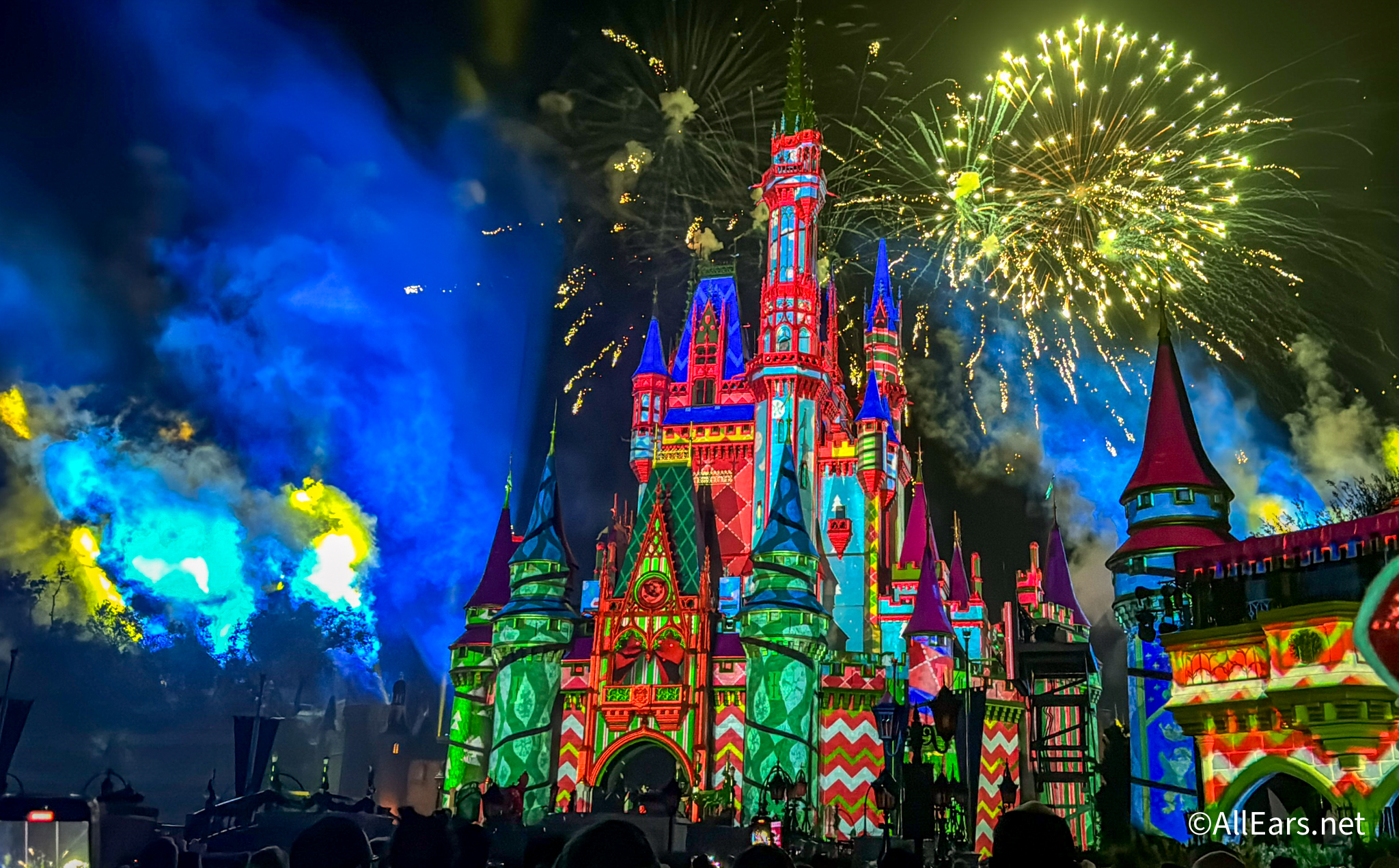



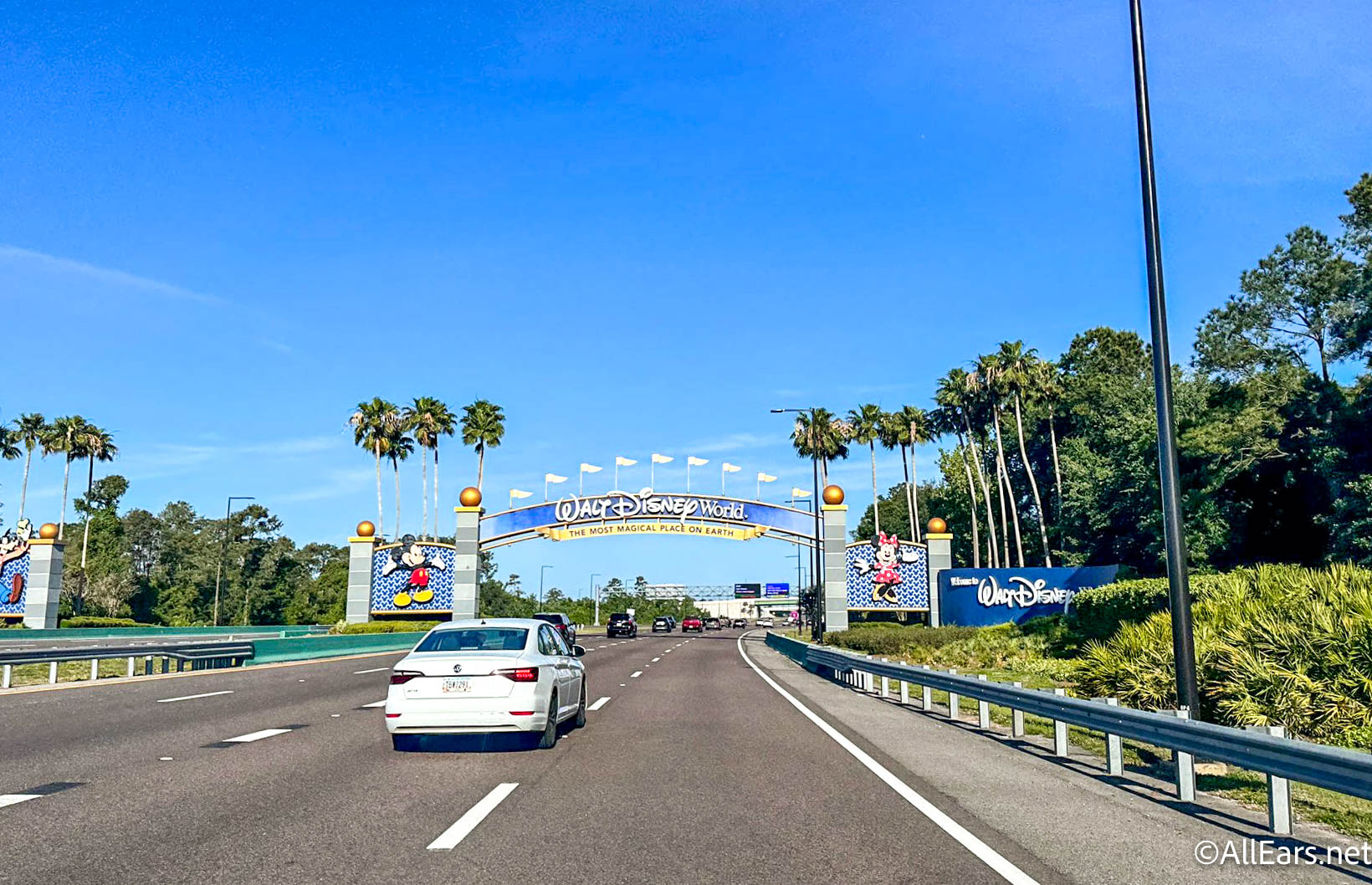




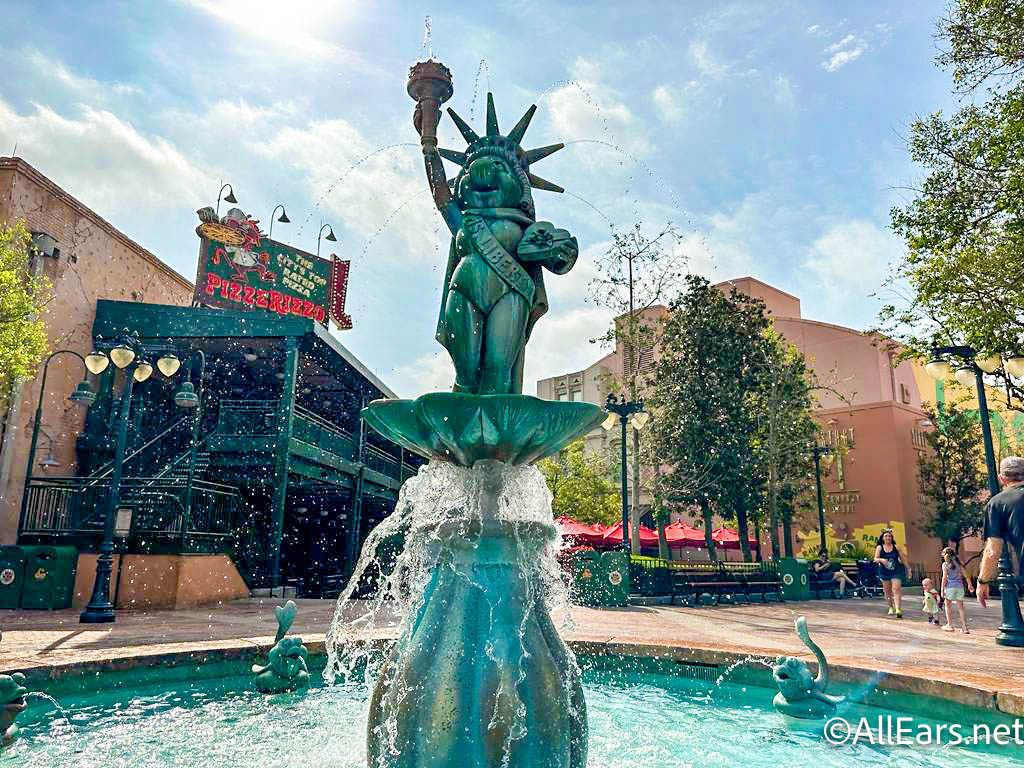





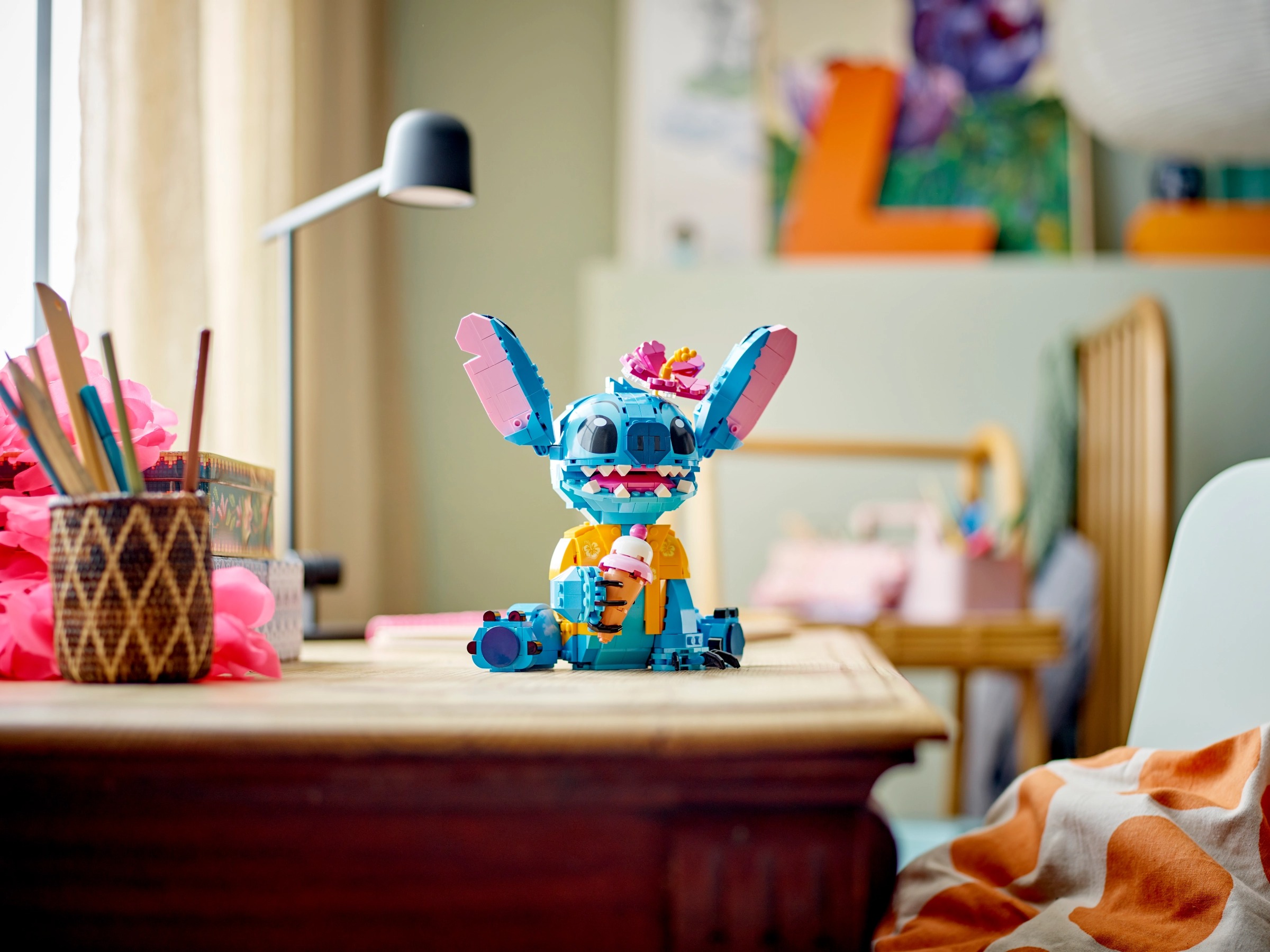
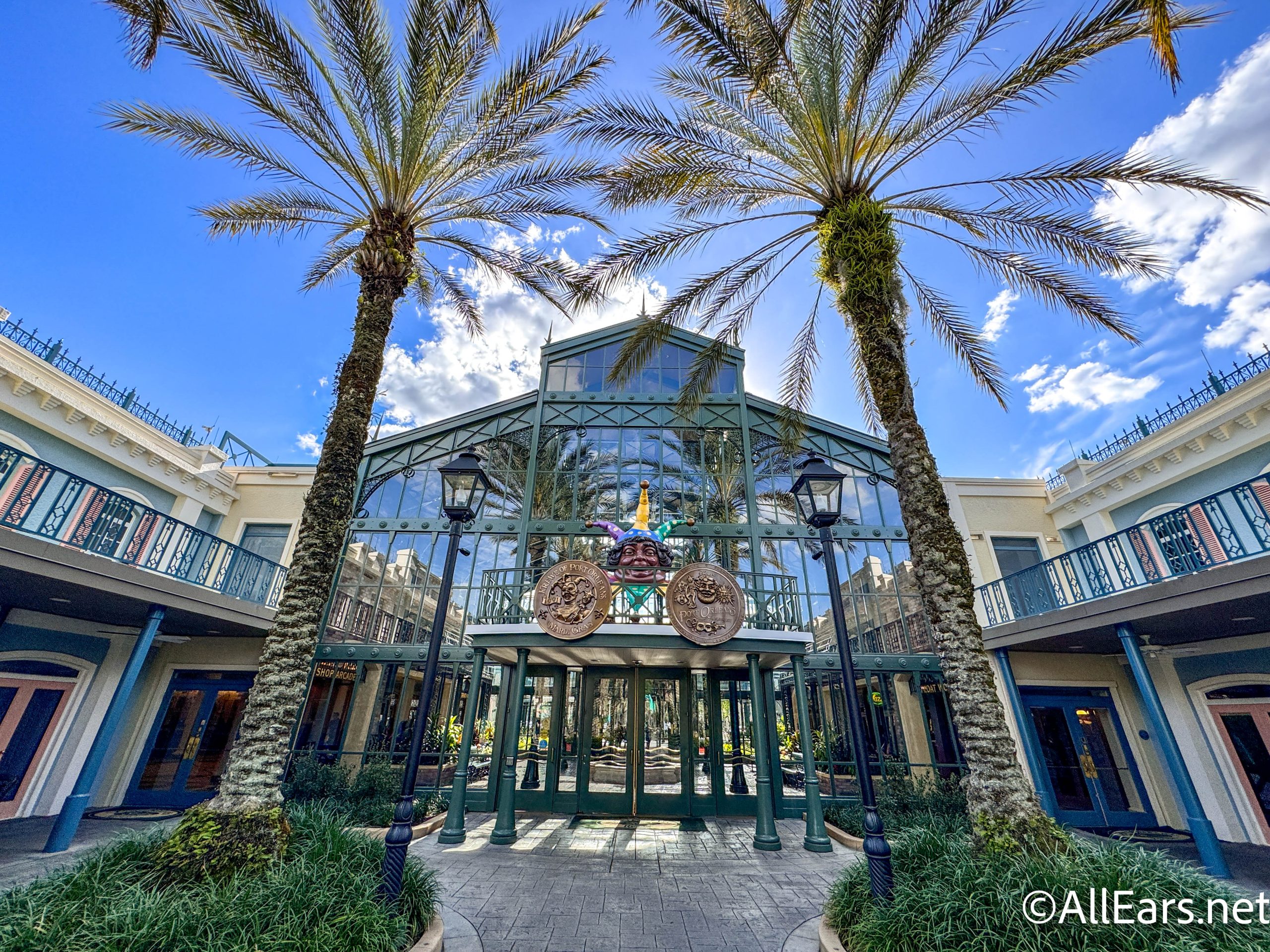



Trending Now
Donald Duck is back in his official meet and greet spot in EPCOT!
Get your calendars out; we know when Disney World Christmas party tickets go on sale!
We asked our resident Disney adults which ride at Hollywood Studios they would rope drop...
Amazon is clearing out the Disney vault!
The holiday dates can be confusing for Disney World, so we're going to break it...
Let's breakdown the major changes coming to Disney World this Fall 2025.
Amazon has Loungeflys on sale as part of Prime Day!
Amazon Prime Day is here with some HUGE deals on Disney souvenirs.
Disney's Boardwalk Villas got a scathing review recently that could indicate some issues with a...
Everyone say hello to Whimsy!
Should this iconic Hollywood Studios symbol be moved or stay in its original location?
Let's have a chat about an Oura Ring that Disney Adults just can’t seem to...
Here's why you might want to skip your visit to Disney World this year.
Here's what you've gotta know about Disney World's "Other" Airport!
For a limited time, you can find some AMAZING Amazon Prime Day deals online.If you...
Amazon Prime Day is giving us amazing deals on Oura Ring accessories!
These retro LEGO sets are perfect for Disney Adults!
Don't miss out on this brand new Disney World hotel discount during one of the...
Big update from this Disney World ice cream spot -- getting sundaes just got a...
These two water bottles on Amazon are exactly what you need to beat the heat...